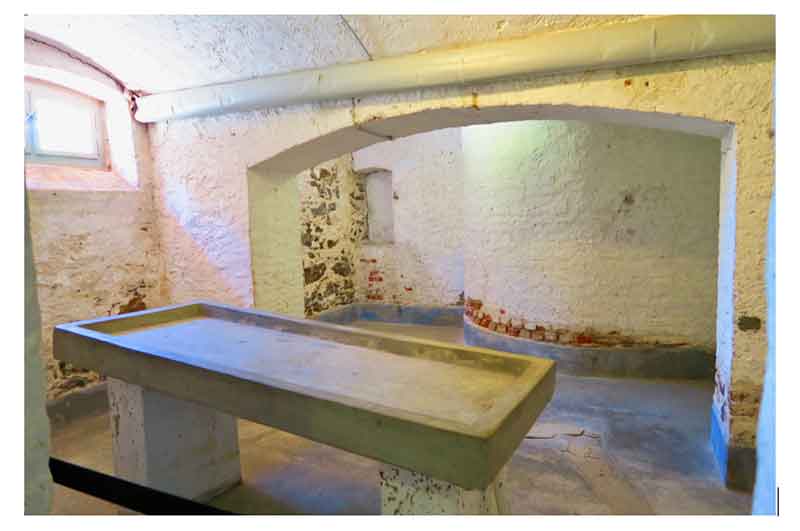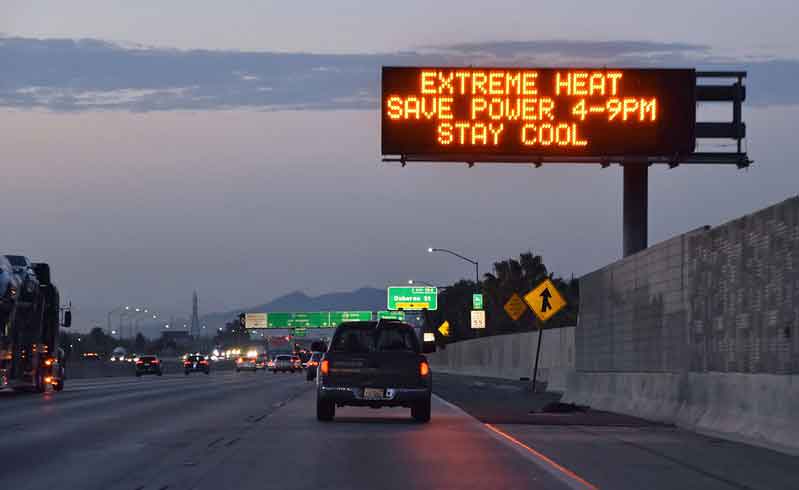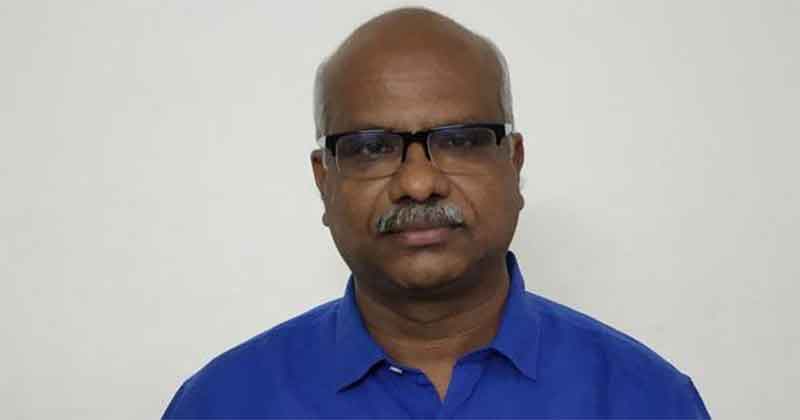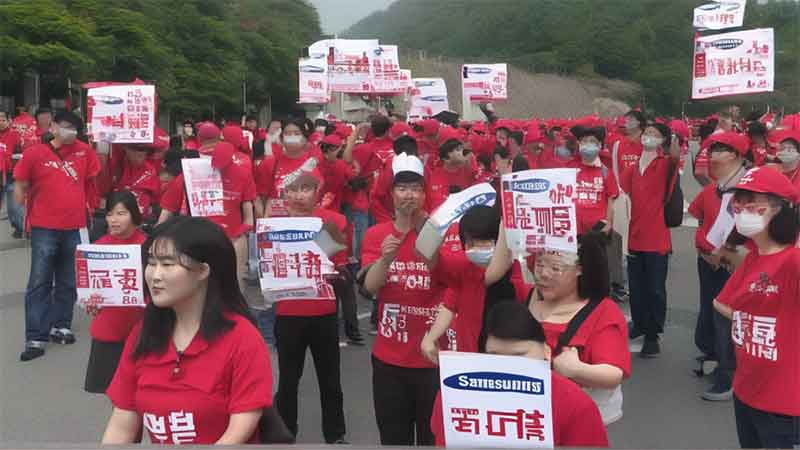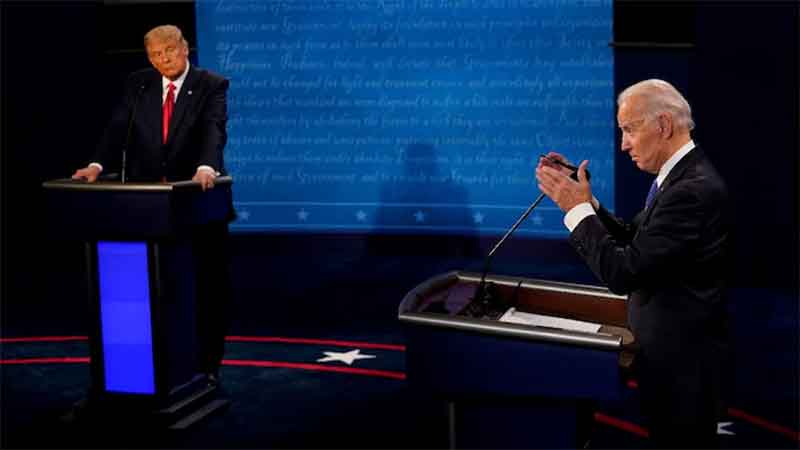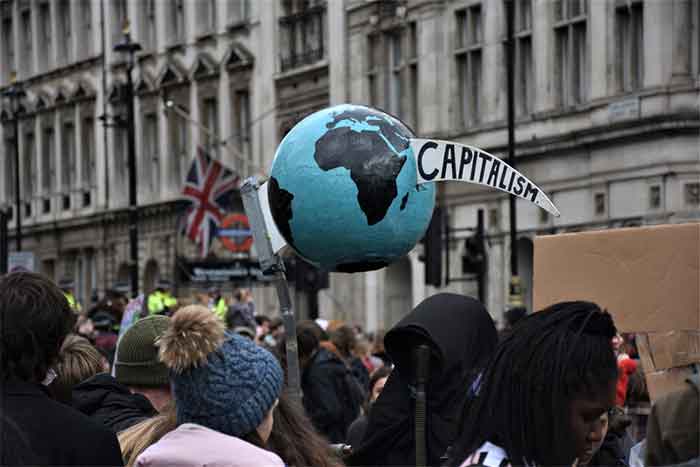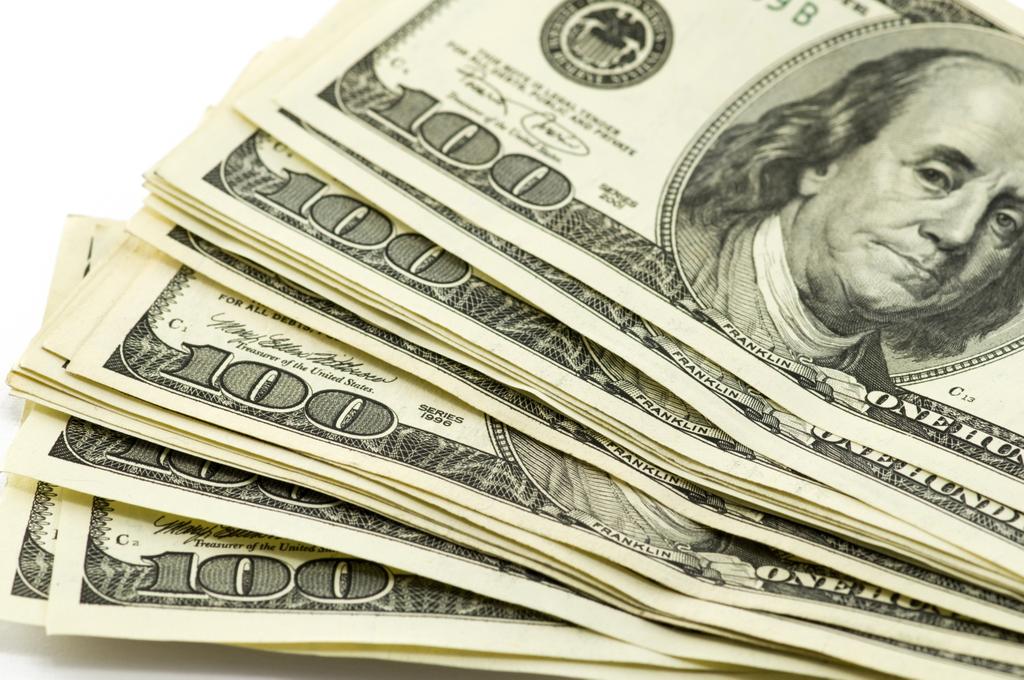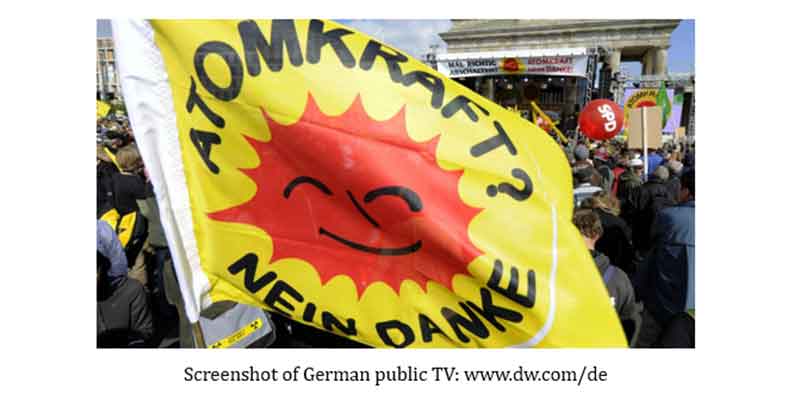
A recent study on Germany’s billion-dollar atomic energy supply and power stations that are now in the process of being decommissioned still warns against the unprecedented risks of atomic energy. It supports Germany’s phase-out of atomic energy.
Essentially, the recently issued and independent scientific study has confirmed Germany’s decision to exit from nuclear energy.
Meanwhile, a Greenpeace study found that Germany’s exit was positive. Overall, and despite pro-atomic claims of a rise in nuclear energy and the construction of new nuclear power stations, only three new nuclear power plants have been commissioned in Europe in the last two decades.
Despite high-sounding announcements by the atomic industry and adjacent lobbying, this occurred to the contrary of these claims.
For example, the then French President Nicolas Sarkozy announced new constructions in 2009, and the former British Prime Minister Tony Blair – famous for “sexing things up” – even promised the construction of ten reactors in 2005. Despite these fanciful claims, today’s reality is very different.
Currently, a number of EU countries – including France, the Netherlands, Poland, Sweden, Slovakia, Slovenia, and the Czech Republic are still relying heavily on “non-renewable” atomic power. They do this – supposedly – to achieve their climate goals.
However, these countries are taking a very high economic risk. It is a known fact that atomic energy costs way higher than the more sensible option of an expansion of green energies.
Since the much beloved free market fails – again – and rather bitterly on atomic energy, the much despised state must step in again and again to support nuclear power projects in order to close financing gaps.
\The newest study commissioned by the environmental organization Greenpeace has analyzed the costs and financing of new nuclear power plants in ten countries, including China, Finland, France, Great Britain, and Russia.
Among these, the Flamanville 3 reactor in France stands out. Flamanville is set to cost a whopping “four times” as much as expected – imagine being told that your new car will not cost $40,000 but $160,000!
Meanwhile, the cost of Flamanville 3 will come in at a monstrous €13.2 billion euros – $14.2bn. Worse, it took “17 years” to build instead of the planned five years, and it is scheduled to be connected to the grid this year.
While nuclear energy sees costs rising, the opposite is true for wind energy. According to the left-wing, tree-hugging, and green-socialist “Harvard Business Review”, onshore wind energy costs fell by 68% and offshore by 59%.
Meanwhile, the Hinkley Point nuclear power plant in southern England will be much more expensive than once thought – or perhaps once pretended by the apostles of atomic energy. In the worst case, it will not be connected to the grid until 2031 – much later than planned.
Recently, the BBC noted, the EDF now estimates that the cost could hit £46bn when taking price rises into account. This is a humongous $58bn. Compared to the “$2.6 – $4 million per average-sized commercial wind turbine” – roughly averaging: $3.3 million – one could build:
- 4,300 wind turbines for the atomic reactor in France, and
- 17,600 wind turbines for the atomic reactor in the UK.
In other cases, the costs and construction times are far above the estimated framework – nothing new in the wonderful world of atomic energy. The authors of the recent study on all this are scientists from the Copenhagen School of Energy Infrastructure and the TU Berlin.
Typically for neo-liberalism’s idea of externalization – the offloading of costs onto others – the financial risk, is not borne by commercial operators, but ultimately by taxpaying citizens.
To get the taxpayer to pay, private investors like to “cook up” a big deal about their problem-prone nuclear power projects. Perhaps to prepare the public that risks must always be paid for by the state (read: taxpayer). Neo-liberalism’s ideology of the free market camouflages these unsavory facts.
Meanwhile, “state theory” has been highlighting them for years. In short, capitalism works beautifully when costs can be offloaded on to the state.
Yet, the non-renewable atomic energy in many EU countries creates a dependence on fuel elements manufactured in Putin’s Russia. Russia is the 4th largest producer of uranium. This is highly problematic.
Meanwhile, the atomic industry also has plans for controversial small-scale nuclear power plants – perhaps to smokescreen the stratospheric costs of nuclear mega plants.
Simultaneously, the cost of electricity generation for the new nuclear power plants are around eighteen cents per kilowatt hour, while for solar and wind energy, including the cost of reserve capacities (for dark periods), storage and grid expansion, it is between ten to twelve cents. In other words, atomic energy is truly expensive.
As a consequence, money is better invested in renewable energies and energy saving technologies than in nuclear energy. The German nuclear phase-out was not only the right thing to do for geo-strategic security – and energy security – reasons, but more so, economically.
Meanwhile, some are still heading into the wrong direction. The European Investment Bank (EIB) has set the investment roadmap for the years 2024 to 2027.
The EIB has already invested €845 million ($907 million) into the nuclear power sector over the past two decades and now also plans to support the development of small-scale nuclear power plants. These “small modular reactors” or SMRs are planned by France, among others.
Lobbyists for SMRs argue that they will produce electricity cheaper than the usual large-scale nuclear power plants in the future due to a “planned” serial construction. But so far, this has not been proven.
A relatively well-developed project of the 550-employee strong SMR manufacturer Nuscale had to be abandoned last autumn due to cost reasons.
At the same time in Sweden, it is becoming apparent that the loan guarantees provided for the planned new nuclear power plants are apparently not sufficient.
A direct participation of the Swedish state will be necessary – surprise, surprise! A typical scenario for neoliberal capitalism’s cherished free market.
Worse, the conservative government in Stockholm wants to expand nuclear power – but whether by large reactors or SMR, is still an open question.
There is money to be made and luckily, financing such ill-suited developments can be offloaded onto the Swedish taxpayer.
According to the Swedish newspaper Aftonbladet, the government has so far provided for securing loans “only” in the amount of about €36bn ($39bn) – where it plans to build 18,100 wind turbines.
However, the Swedish state-owned energy company Vattenfall that is supposed to operate the atomic plants imagined by the conservatives opposes this model.
The head of the company – Anna Borg – recently pointed out that Vattenfall had to be profitable especially since the Swedish parliament had set a profitability target for her outfit.
Worse, Borg does not plan to invest since the risks of such new nuclear power plants cannot possibly be calculated. If there is something that is difficult to calculate, it is nuclear power.
Apart from the rather dim economic aspects of nuclear power, it remains imperative to notice that atomic power plants are also a constant threat to human security.
Worse, they produce huge amounts of highly radioactive waste that will burden us for more than a million years.
Still more problematic is the fact that they are also significantly more harmful to the climate than renewable energies – from the production of uranium to the unsolved problems of atomic waste.
A recent study “Economic Aspects of Nuclear Power” by the German Institute for Economic Research and the Technical University of Berlin proves how enormously expensive this high-risk technology actually is.
It is neither economical nor competitive with cheaper alternatives such as renewable energies. In short, atomic power is becoming more and more expensive.
Nuclear power always was, currently is, and will remain one of the most expensive power generation technologies:
- The cost of producing one kilowatt hour of nuclear power is up to four times as high as the cost of one kilowatt hour of wind or solar energy.
Since nuclear power is not economically competitive, atomic energy is always dependent on high government subsidies for the construction, operation, and decommissioning of atomic power plants. For taxpayers and public budgets, atomic power simply is a billion-dollar grave.
In the USA, twelve nuclear power plants were taken off the grid between 2009 and 2021 due to a lack of competitiveness – even though they were allowed to run between 10 and 20 more years.
Worse: While solar and wind power plants have become increasingly cheaper for years, the costs of nuclear power plants have steadily increased over the decades.
The many promises that have been made about the cost of nuclear energy have proven to be utterly false. Compared to the 1970s, construction costs increased fivefold in some cases.
Worse, the actual construction costs are always significantly higher than the projected project costs.
Still worse, the dismantling of the nuclear power plants also takes decades and costs a lot of money. The decommissioning of the atomic power station in Germany’s Biblis is set to cost €1.5bn ($1.6bn) – enough to build 487 wind turbines.
Current estimates assume €1.0bn per nuclear power plant – which could build roughly 324 wind turbines. Luckily for big energy corporations, the cost and risks of the final disposal of nuclear waste are also borne by the state (read: the taxpayer).
As a consequence, extending the term of operation of atomic power plants would be a waste of taxpayers’ money. As the – staunchly pro-capitalism and unwaveringly neoliberal – Hoover Institute calls it, the atomic industry is…
an industry hooked on subsidies from governments
Any extension of atomic energy would consume an enormous amount of (taxpayer’s) money. There are plenty of examples where the state had to step in. In order to keep a reactor running for ten more years, there are additional costs of €1.7bn ($1.82bn) per reactor on average – enough to build 552 wind turbines.
Worse, the $1.82bn is just for the “absolutely necessary” safety checks that need to be carried out and the resulting conversion measures are implemented.
Overall, and from a purely economic standpoint, atomic power plants is hindering the expansion of renewables. Every Euro [€] spent on fuel rods or for storing additional nuclear waste is a missed investment in wind and solar energy. In short:
atomic power is up to four times as expensive as electricity from wind and solar.
The costs of the energy transition – including storage and grid expansion – are significantly lower than for nuclear power. Every cent spent on nuclear power is a bad investment in a non-competitive high-risk technology. This money would be better invested in sustainable renewable energies.
Meanwhile, the results of a new study at the British University of Leeds shows that – contrary to previous assumptions – renewable energy systems have a higher “energy yield” than fossil fuels.
It is relatively simple to extract coal or oil if you compare this process with the installation of renewable energies. For most renewable energy sources, the extraction and refining of sometimes critical resources are required.
In addition, solar systems or wind turbines are manufactured and installed in a complex manner. Nevertheless, when considering the overall cost of such systems, the energy yield of fossil fuels is “more inefficient” than the yield of renewable energies.
New research has analyzed and measured the energy available to society in the “use phase”. The “use phase” of energy describes what is generated by electricity or fuel, for example, for lights or the movement of vehicles and electric engines.
On the whole, fossil fuels perform worse than renewable energies. This is due to the “high inefficiencies” in the conversion of final energy from fossil fuels into useful energy.
For example, the internal combustion engine is considered to be quite inefficient compared to an electric engine.
Renewable energy systems – solar and wind energy – have a better EROI or Energy Return on Investment – than fossil fuels. This contradicts the conventional view that a transition to renewable energy systems will reduce the amount of energy available to society.
The investment into renewable energy systems that we are now producing, ultimately provides society with more energy than the investment of the same amount of energy in fossil fuels.
This is particularly important because energy demand continues to rise worldwide, especially in developing countries.
Renewable energies have the greatest potential to meet this rapidly increasing demand. In contrast, dependence on fossil fuels not only has a negative impact on the climate, the weather, and food security, but also on the availability of energy in general.
As a consequence to all of this, it makes sense to encourage governments to set ambitious goals for the expansion of renewable energies – rather than scaling back such ambitions and waste money on oil, coal, and atomic power stations.
Born between Castle Frankenstein and the place where Johannes Gutenberg invented the printing press, Thomas Klikauer (PhD) is the author of 990 publications, including 15 books.


